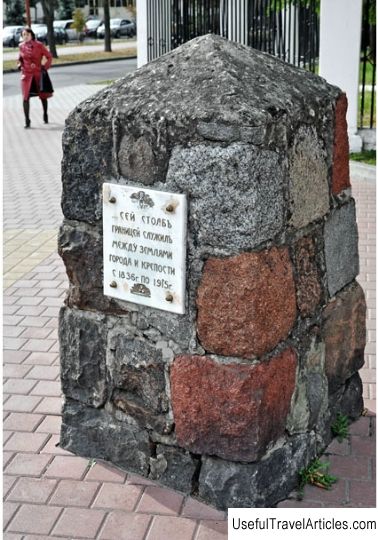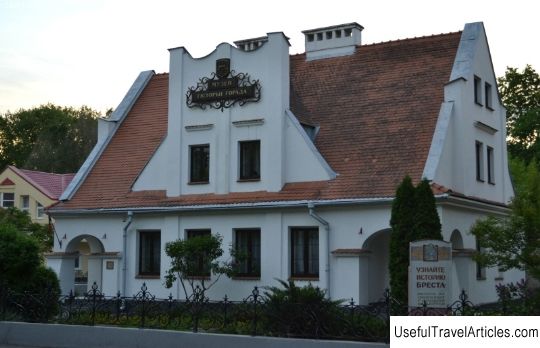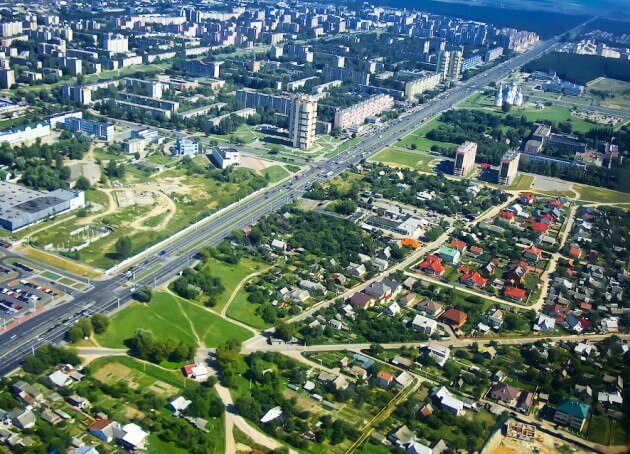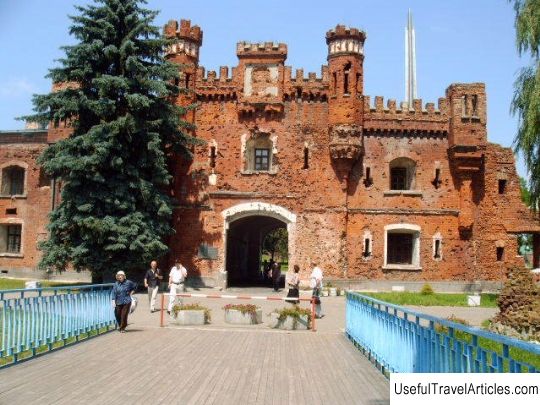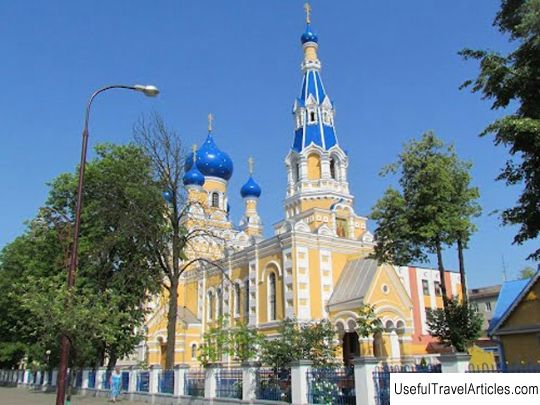Brest Fortress description and photos - Belarus: Brest
Rating: 8,2/10 (588 votes) 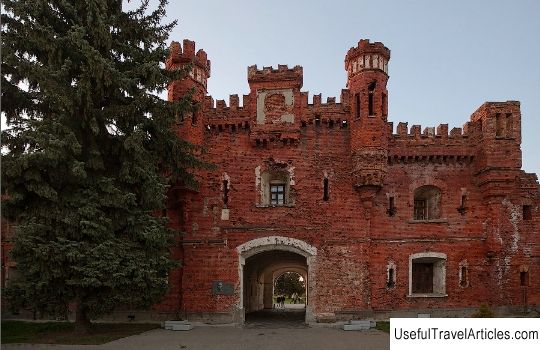
Brest Fortress description and photos - Belarus: Brest. Detailed information about the attraction. Description, photos and a map showing the nearest significant objects. Photo and descriptionThe Brest Fortress was built in the middle of the 19th century on the site of the ancient border town of Brest-Litovsk. The very nature here determined the place for an impregnable defensive structure: the Mukhovets River flows into the Bug in two branches, forming an island surrounded on all sides by water. During its centuries-old history, the island changed hands several times from state to state, so its names changed: Berestye, Brest-Litovsk, Brest nad Bug, Brest. The idea to build on the spot the city of Brest-Litovsk an impregnable fortress was born in 1797. It was first expressed by Major General Franz Devolan. The Napoleonic war strengthened the intention of the authorities of the Russian Empire to build a fortress in Brest-Litovsk. Nicholas I, who came to power, made the task of building defensive structures a priority, however, there was no idea how to strengthen a large trading city for a long time. In 1830, a project was drawn up, according to which almost the entire city was moved to a new place, civil buildings were demolished, and a completely military fortress was erected in their place. It was an unprecedented case when, by the decision of the military authorities, a city with a long history was completely wiped off the face of the earth. The author of the project was the engineer-general K.I. Opperman. However, the project was revised several times. The first stone of the future Brest Fortress was laid only on June 1, 1836. The construction of the fortress was completed in 1842. It was led by Major General of Engineering Troops I.I. Den. The fortress consisted of the Citadel and three fortifications protecting the Citadel from all sides: Volynsky (from the south), Terespolsky (from the west), Kobrin (from the east and north). The total area of the fortress was more than 400 hectares. Outside, it was surrounded by a 10-meter high earthen rampart with brick casemates inside and a bypass channel filled with water. The fortress could hold up to 12 thousand soldiers. In 1864, it was decided to modernize the fortress. The reconstruction was carried out under the leadership of Adjutant General E.I. Totleben. The walls were reinforced in the fortress taking into account the power of new artillery shells, two redoubts were built on the Kobrin fortification, casemated artillery batteries, caponiers, additional powder magazines were built. Since then, the fortress has been rebuilt and fortified several times, striving to keep pace with the progress in military affairs so as to remain impregnable and withstand any defenses. During the First World War, during the rapid offensive of the Kaiser's army in 1915 and taking into account the unsuccessful examples of the defense of other fortresses, the government decided to Brest Fortress evacuate. So, the fortress did not assume the functions for which it was prepared. On March 3, 1918, when the Bolsheviks who seized power in Russia were not up to the war with the Kaiser, the shameful Peace of Brest was concluded in the White Palace of the Brest Fortress, according to which Russia lost 780 thousand square kilometers of its territory and 56 million citizens ... History has not spared the White Palace. Now in its place there are only ruins of cellars. In 1918, Poland proclaimed its independence. The Brest Fortress was also part of the young state. The fortress housed Polish military units. On September 1, 1939, World War II began. The troops of fascist Germany attacked Poland. On September 17, units of the 76th Infantry Regiment of the German Army captured the Brest Fortress. On September 22, 1939, the Brest Fortress was transferred to the Soviet Union. On June 22, 1941, Nazi Germany attacked the USSR. The Brest Fortress was the first to be hit by heavy artillery fire. However, despite a carefully developed plan, the fascists stumbled upon desperate resistance from the defenders of the Brest Fortress. In the Brest Fortress, the water supply system, ammunition and food depots were destroyed. The defenders were disunited, there was no communication, there was no single command. Legends were born about the steadfastness and courage of Soviet soldiers, which supported the morale of those who fought on the fronts of the war.         We also recommend reading Madrasah Abdulkasim Sheikh description and photo - Uzbekistan: Tashkent Topic: Brest Fortress description and photos - Belarus: Brest. |
